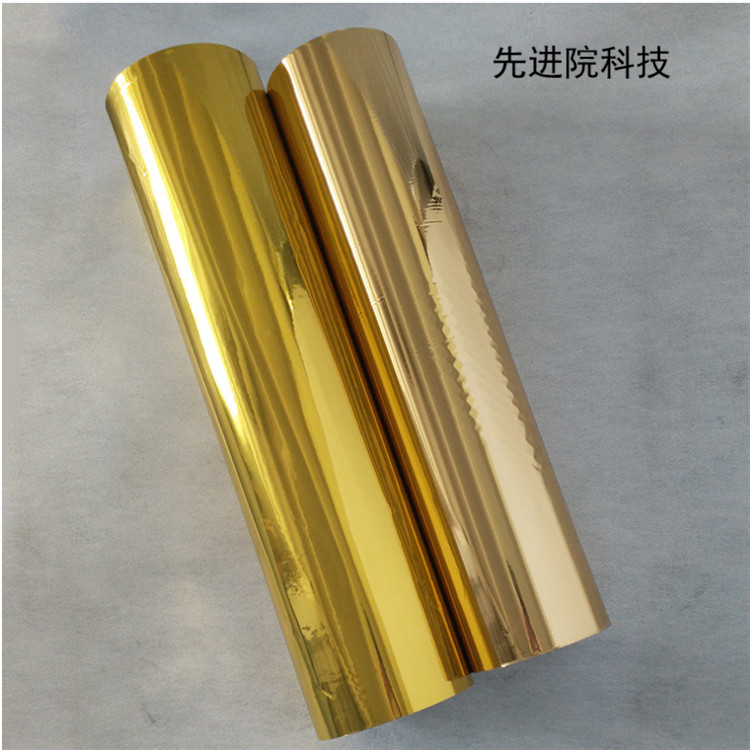Metal shielding material is a commonly used
Shielding materialIt can utilize the characteristics of metal materials to shield electromagnetic interference and electromagnetic wave leakage. Metal shielding materials have different applications in various fields and scenarios.
1、 Types of metal shielding materials
1. It can be divided into:
electromagnetic shielding material(such as copper strip, aluminum strip, steel strip, stainless steel wire, iron wire, silver wire, etc.), microwave absorbing materials (such as gold-plated copper, tin, lead, zinc, nickel, etc.), and metal foils used in the electronics industry.
2. According to shape, it can be divided into flat, circular or sheet-like, and tubular.
3. According to different environmental conditions, it can be divided into two categories: corrosion-resistant metal shielding materials and high-temperature resistant metal shielding materials.
2、 Characteristics of metal shielding materials
1. Good conductivity, low thermal expansion coefficient, and significant attenuation effect on high-frequency signals.
2. It has excellent anti magnetic properties and can be used to make passive devices.
3. Relatively low price and easy processing.
4. Has good mechanical strength, can withstand certain impacts and stretches, and is not easily deformed.
5. It can maintain good electrical performance at high temperatures without oxidation, making it suitable for various temperature ranges.
6. Easy to recycle and reusable.
3、 Characteristics of commonly used metal shielding materials
(1) Copper. It is one of the important materials for manufacturing electrical contacts. Its characteristics are: high electrical resistivity; Has good conductivity and thermal conductivity; Has a certain mechanical strength.
(2) Aluminum. It is a light and hard silver white transition type non-ferrous metal. Its main characteristics are: low density; Significant proportion; Surface is prone to oxidation; Has good ductility and elasticity; Has good electrical and thermal conductivity; Strong chemical stability.
(3) Magnesium. It is a lightweight and high-density non-ferrous metal material. Its characteristics are: high density; High hardness; Has high ductility and elasticity; Has good conductivity and thermal conductivity; Strong chemical stability.
Metal shielding materialThe principle is to achieve shielding against electromagnetic interference by utilizing the electromagnetic reflection and absorption characteristics of metal materials. It is usually composed of a metal plate and other additives. The metal plate can be flat, tubular, spiral, etc., while other additives can be various additives, coatings, etc.

Strong electromagnetic reflection ability: Metal shielding materials can effectively reflect electromagnetic interference, preventing electromagnetic waves from entering the internal area.
Good absorption performance: Metal shielding materials have good absorption performance and can effectively absorb energy in electromagnetic waves.
Strong corrosion resistance: Metal shielding materials have strong corrosion resistance and can avoid the influence of environmental factors on their performance.
Low cost: The price of metal shielding materials is relatively low and suitable for large-scale applications.
Good compatibility: Metal shielding materials are usually used in combination with other materials such as plastic, rubber, glass, etc. They have good compatibility and can meet the needs of different fields and scenarios.





